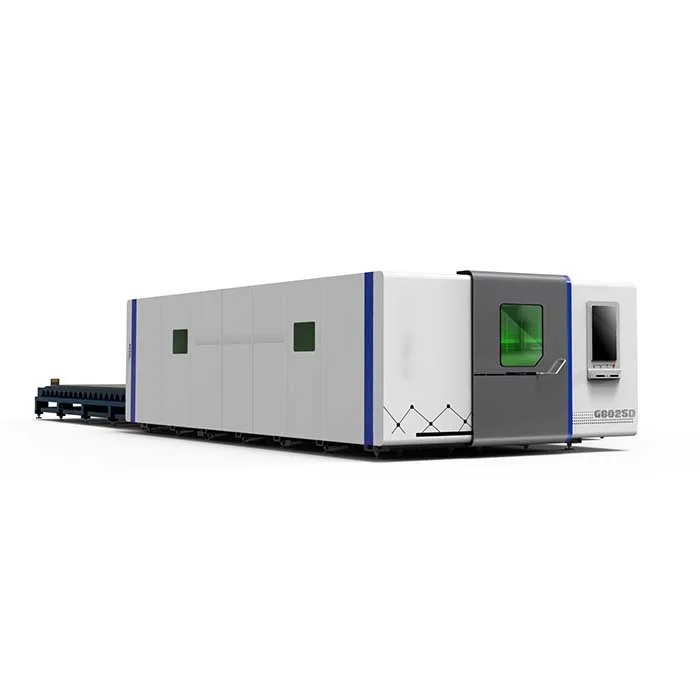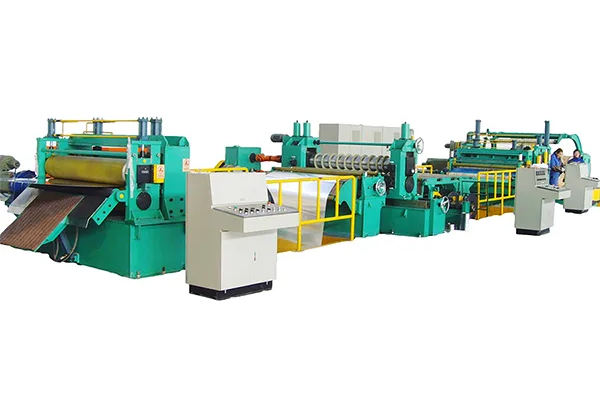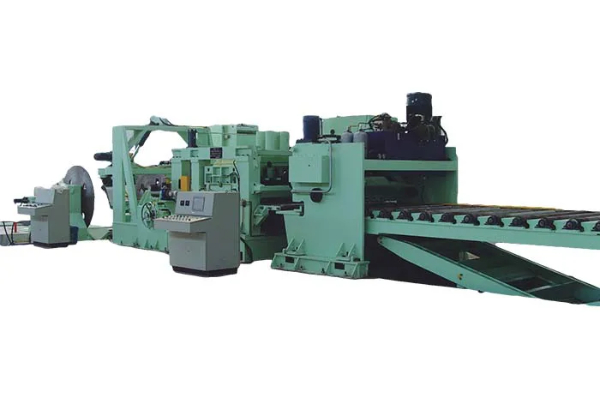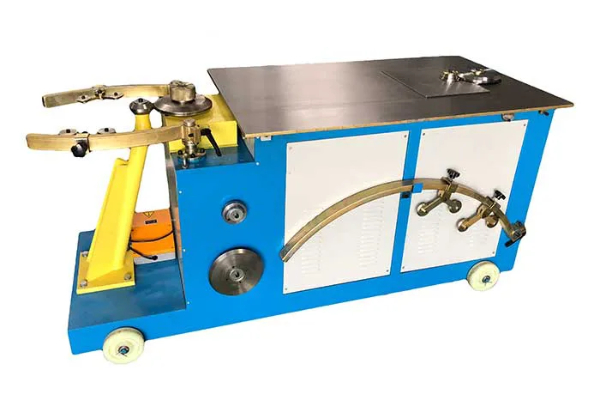
The Role of Software in Enhancing Efficiency of Duct Folding Machines
- By:Metmac
- 2024-07-24
- 130
Introduction
Duct folding machines play a crucial role in the production of ventilation systems, streamlining the manufacturing process by automating the folding and seaming of sheet metal ducts. However, the efficiency of these machines can be significantly improved through the integration of software, allowing for automated processes, real-time monitoring, and improved user experience.
Automation and Streamlined Workflow
Software integrates seamlessly with duct folding machines, automating various tasks that were previously performed manually. This includes the unfolding of flat patterns, automatic calculation of seam allowance, and the generation of folding and seaming instructions. By automating these processes, software eliminates human error, reduces handling time, and frees up operators to focus on other tasks.
Real-Time Monitoring and Control
Advanced software provides real-time monitoring and control capabilities, enabling operators to track the progress of each duct section and intervene promptly if any issues arise. Through the integration of sensors and data analysis algorithms, software can detect deviations from the programmed folding patterns and alert the operator to potential problems. This proactive monitoring helps prevent defects, minimizes waste, and optimizes overall machine utilization.
Improved User Experience and Ergonomics
User-friendly software enhances the experience of operators by providing intuitive interfaces and customizable settings. On-screen visualizations of the folding process make it easier to understand and troubleshoot any errors that may occur. Moreover, software allows for the creation of custom profiles and automated functions, streamlining operations and reducing the cognitive load for operators.
Data Logging and Analytics
Software collects and records detailed data about machine performance, including operating parameters, production rates, and downtime occurrences. This data can be leveraged for predictive maintenance, identifying potential wear and tear issues and enabling proactive maintenance scheduling. Additionally, software analytics can provide insights into machine utilization, identifying areas for further optimization and cost reduction.
Collaboration and Integration
Collaborative software platforms enable real-time communication and data sharing between multiple stakeholders involved in the duct manufacturing process. Engineers, designers, and operators can share project designs, track progress, and troubleshoot issues remotely. This connectivity streamlines communication, reduces errors, and facilitates the seamless flow of information throughout the manufacturing process.
Integration with Enterprise Systems
Software for duct folding machines can be integrated with enterprise resource planning (ERP) systems, providing a holistic view of the manufacturing process. Data collected from these machines, such as production schedules, resource utilization, and defect rates, can be fed into ERP systems for comprehensive performance analysis, inventory management, and cost optimization.
Conclusion
By integrating software into duct folding machines, manufacturers can significantly enhance their efficiency. Automated processes, real-time monitoring, improved user experience, data logging, collaboration, and integration with enterprise systems empower operators to work more effectively, reduce waste, and optimize production. As the manufacturing industry continues to embrace digitalization, software will continue to play a pivotal role in driving productivity and innovation in duct folding operations.
-
Finding the Right Partner: Your Guide to Premium Sheet Metal Laser Cutting Machines for Sale
2025/12/23 -
METMAC: Defining Excellence Among Sheet Metal Laser Cutting Machine Manufacturers
2025/12/23 -
Unleashing Power and Precision: The METMAC Plasma Sheet Metal Cutting Machine
2025/12/23 -
CNC laser cutting machine sheet metal-Precision Redefined: The METMAC CNC Laser Cutting Machine for Sheet Metal Mastery
2025/12/23
-
Advanced Sheet Metal Rolling, Laser Cutting, and Folding Machines for Precision Fabrication
2025/10/31 -
High-Performance Sheet Metal Bending and Cutting Machines for Modern Fabrication
2025/10/31 -
High-Quality Sheet Metal Equipment for Sale: Efficient Solutions for Modern Manufacturing
2025/10/31 -
High-Performance Sheet Metal Equipment for Sale: Forming and Shearing Solutions for Modern Fabrication
2025/10/22
-
A Guide to the Latest Innovations in Sheet Metal Folding Machines
2024/11/29 -
Key Features to Consider When Investing in a Sheet Metal Folding Machine
2024/11/28 -
Enhancing Precision with Advanced Sheet Metal Folding Machines
2024/11/27 -
How to Choose the Right Sheet Metal Folding Machine for Your Workshop
2024/11/26







